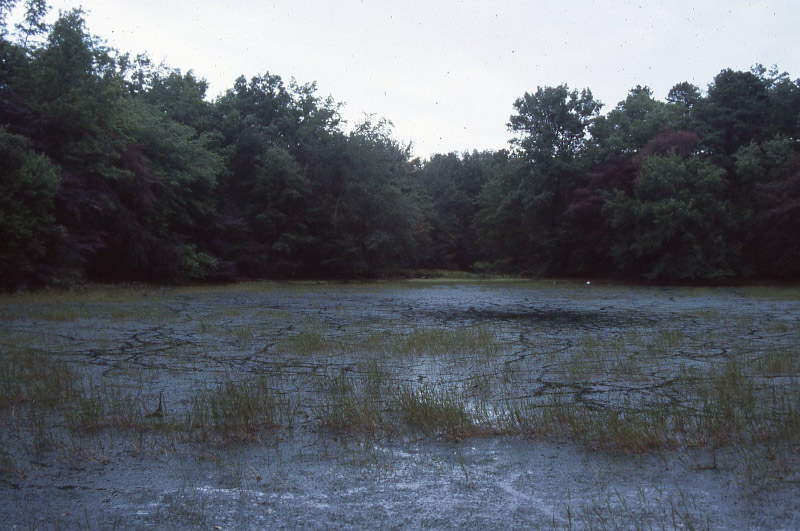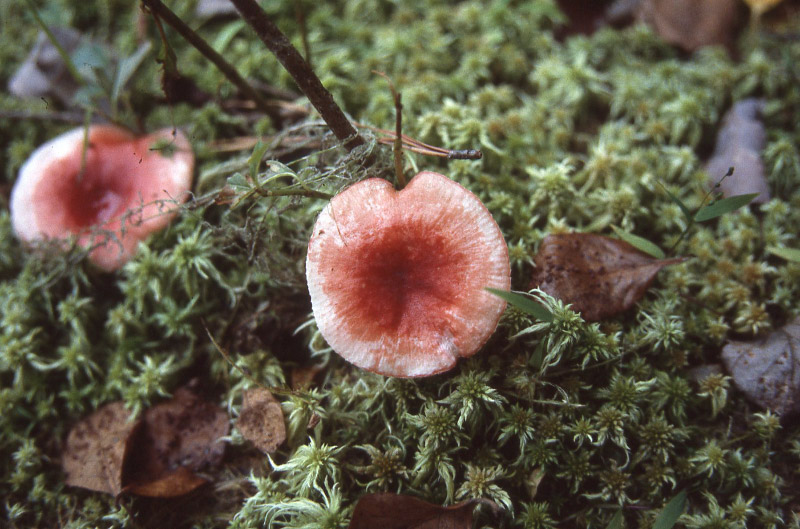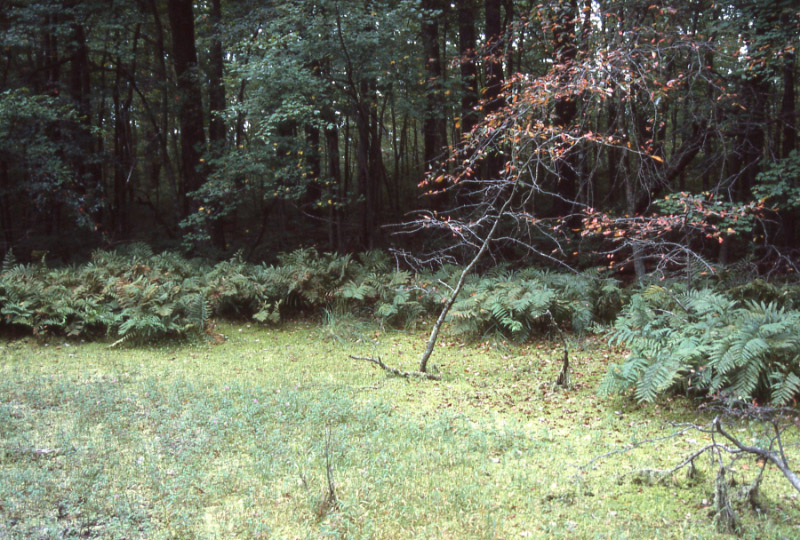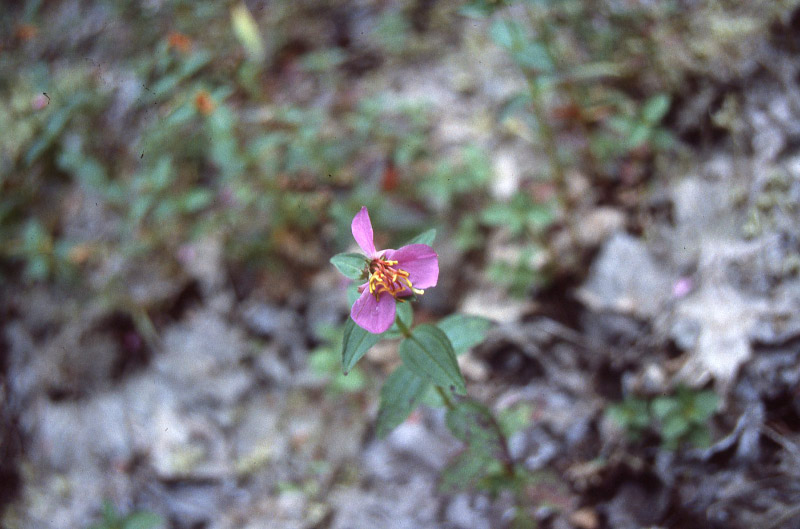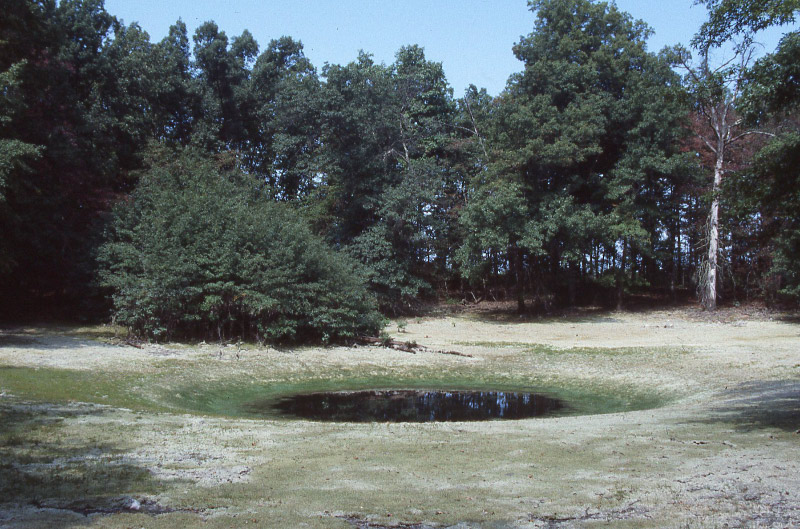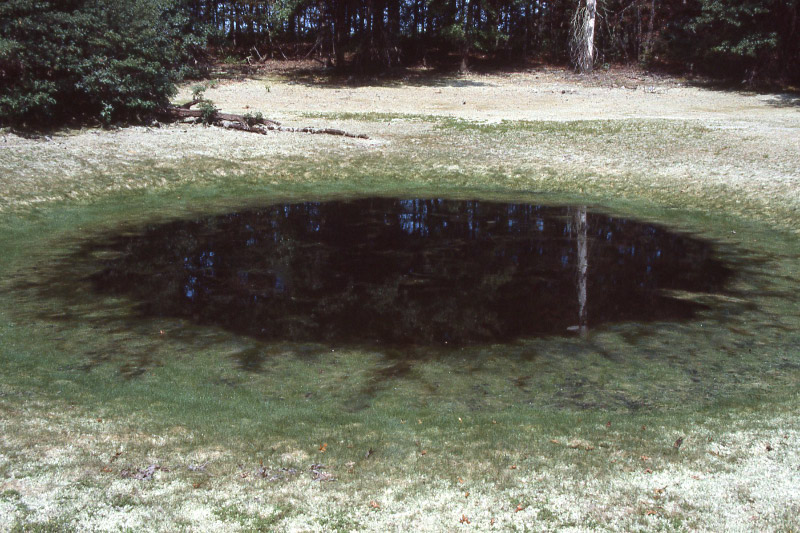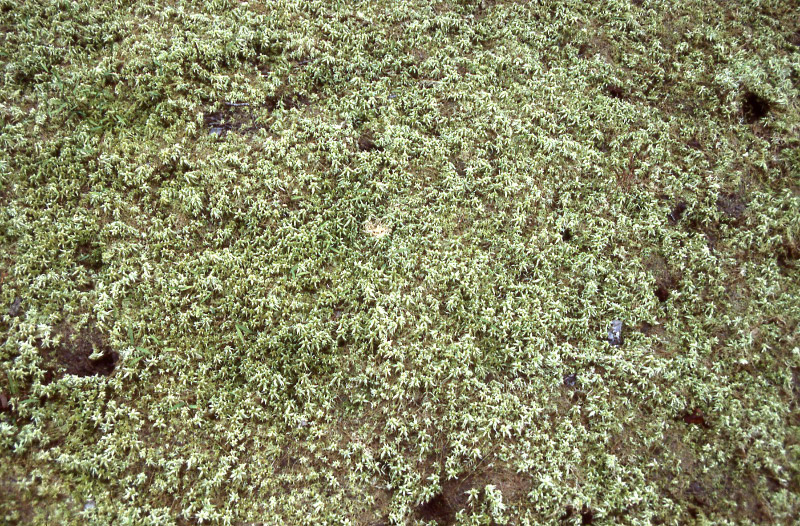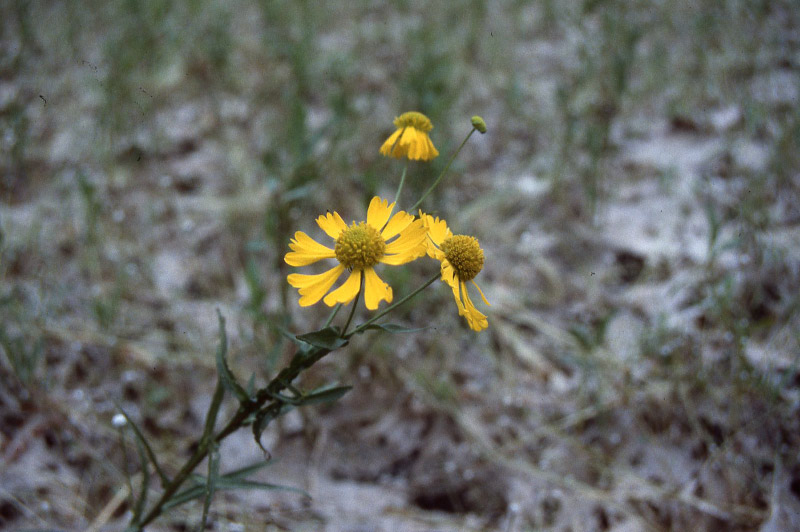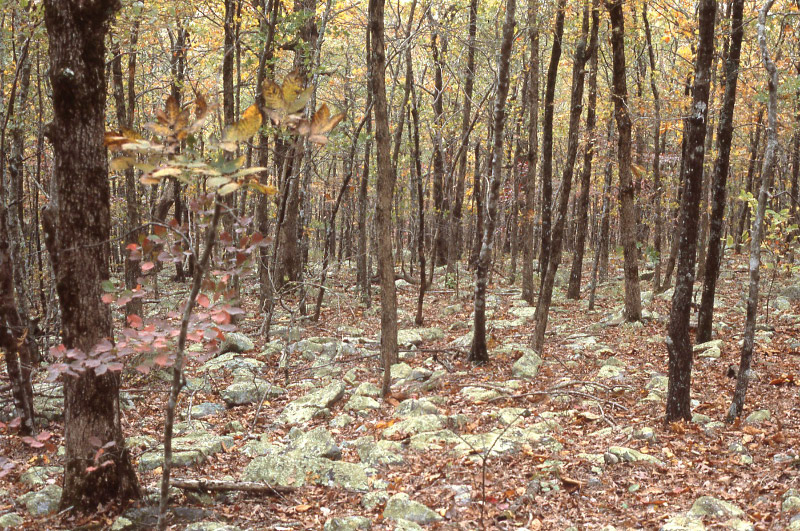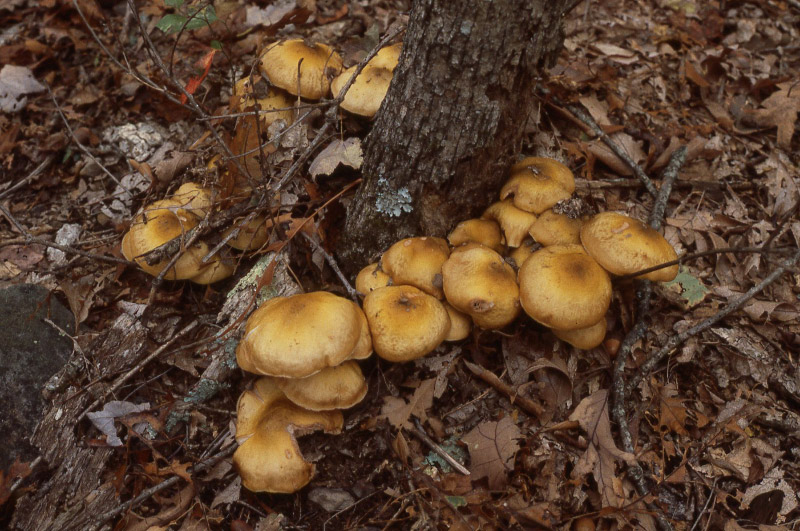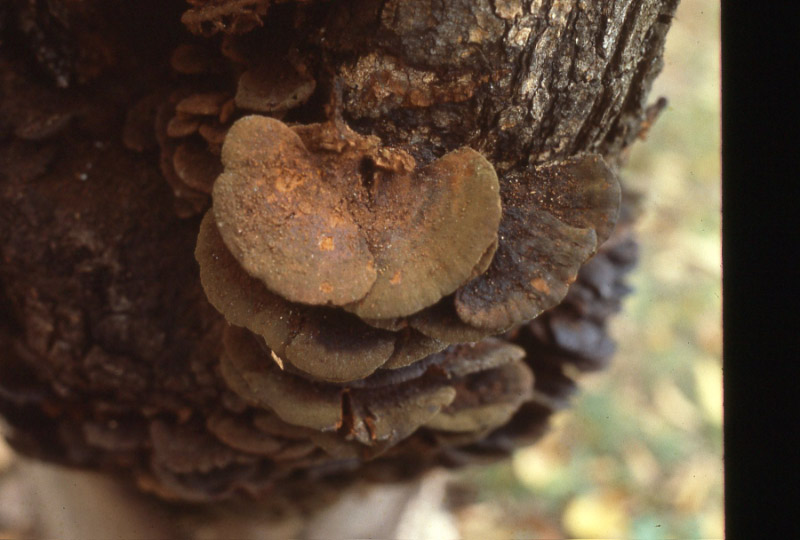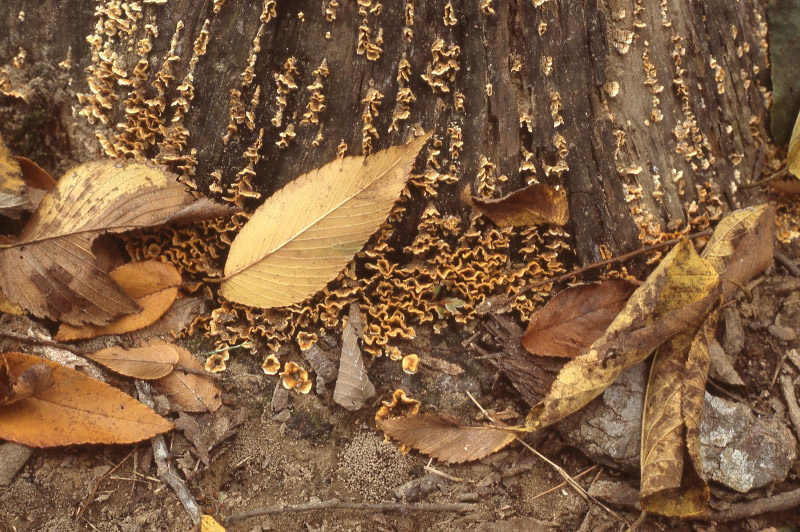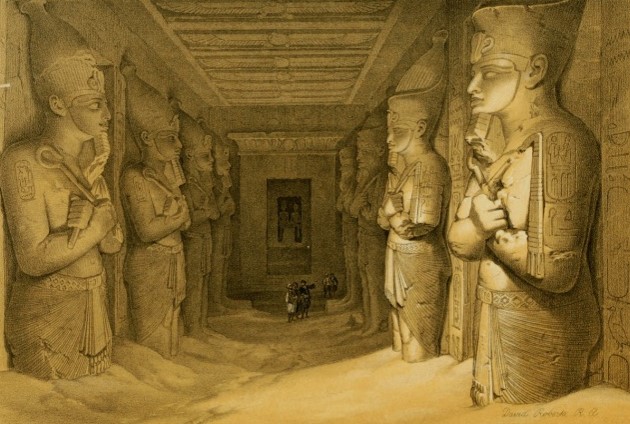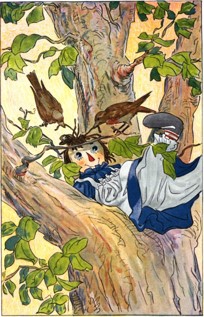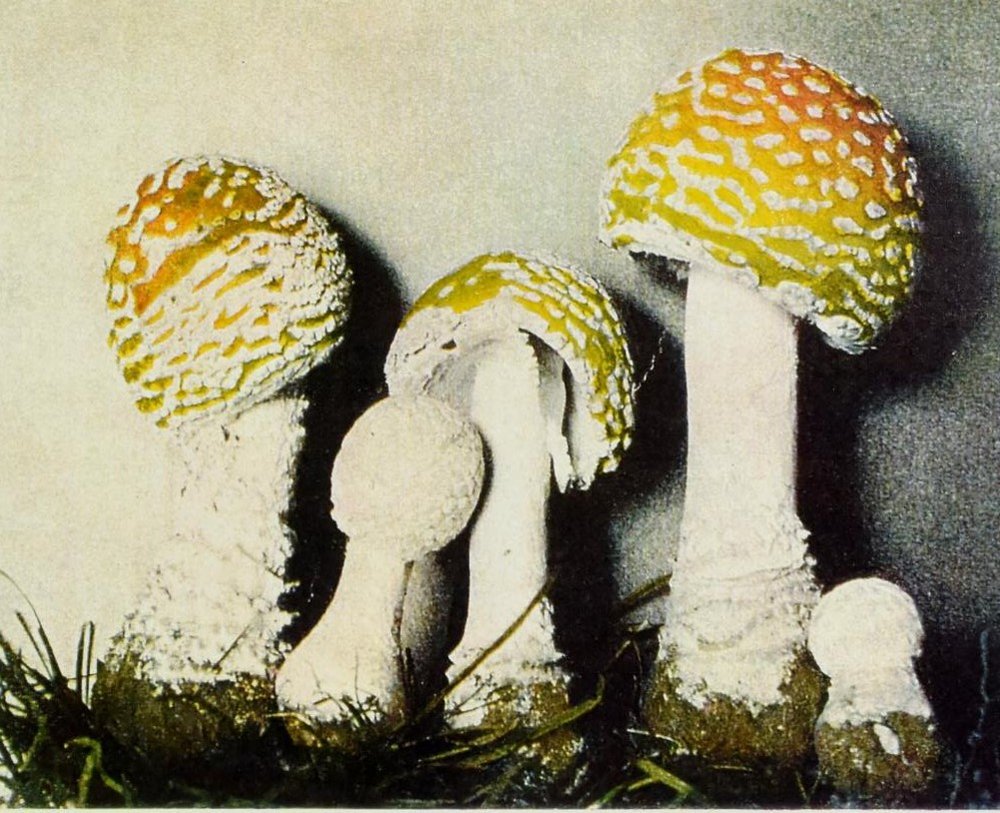Belmont BioBlitz – Fall 2016
/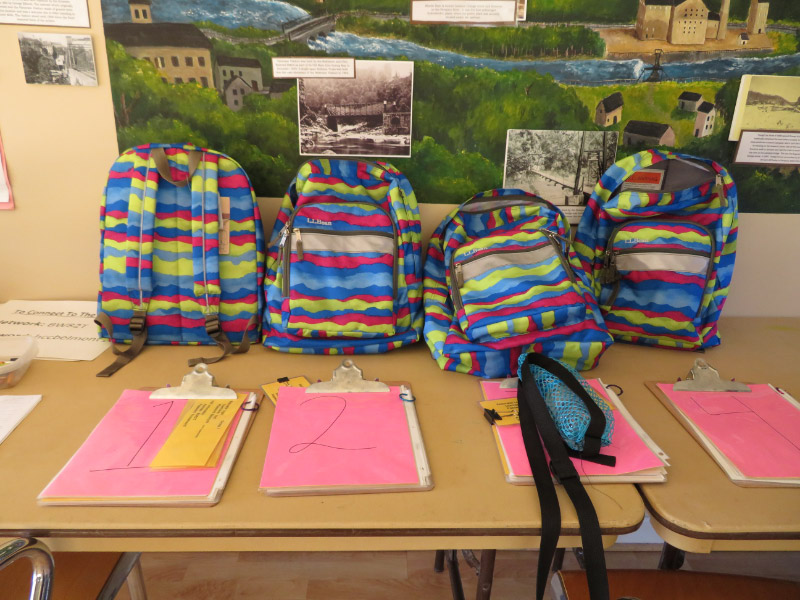 Last week was BioBlitz week a Belmont Manor and Historic Park. It was 4 fall days with 5th graders from 4 different Howard County Schools. My husband volunteered as well and we worked together all 4 days. We arrived about 30 minutes before the students to get our gear (a backpack of magnifiers, identification books, a white cloth, and a ruler) and listen to the briefing about what was unique about the day. The students arrived in 2 or 3 busloads with their chaperones and we were assigned a group. The first day we had 5 girls; it was a huge contrast when we had 11 boys the second day! The last two days we had groups with boys and girls - about 10 students.
Last week was BioBlitz week a Belmont Manor and Historic Park. It was 4 fall days with 5th graders from 4 different Howard County Schools. My husband volunteered as well and we worked together all 4 days. We arrived about 30 minutes before the students to get our gear (a backpack of magnifiers, identification books, a white cloth, and a ruler) and listen to the briefing about what was unique about the day. The students arrived in 2 or 3 busloads with their chaperones and we were assigned a group. The first day we had 5 girls; it was a huge contrast when we had 11 boys the second day! The last two days we had groups with boys and girls - about 10 students.
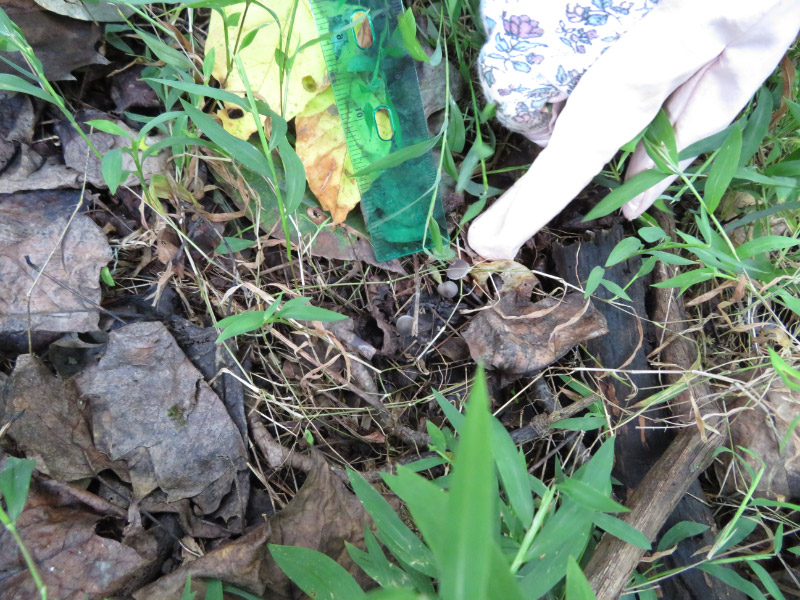 We started each group with a short introduction and then helping everyone that had smart phones get the iNaturalist app and sign on to the Howard County Conservancy’s id…then we were out in the field. I had added a pair gardening gloves to my backpack and that helped the students find things in the leaf mats, soil and rotten logs – like small mushrooms and worms and slugs!
We started each group with a short introduction and then helping everyone that had smart phones get the iNaturalist app and sign on to the Howard County Conservancy’s id…then we were out in the field. I had added a pair gardening gloves to my backpack and that helped the students find things in the leaf mats, soil and rotten logs – like small mushrooms and worms and slugs!
We made a stop back to the nature center for a briefing about looking at the data they were collecting during BioBlitz after they returned to school – emphasizing the Citizen Science aspect of what they were doing. The observations of the students last week and previous Belmont BioBlitz weeks can be found here: http://www.inaturalist.org/projects/belmontbioblitz.
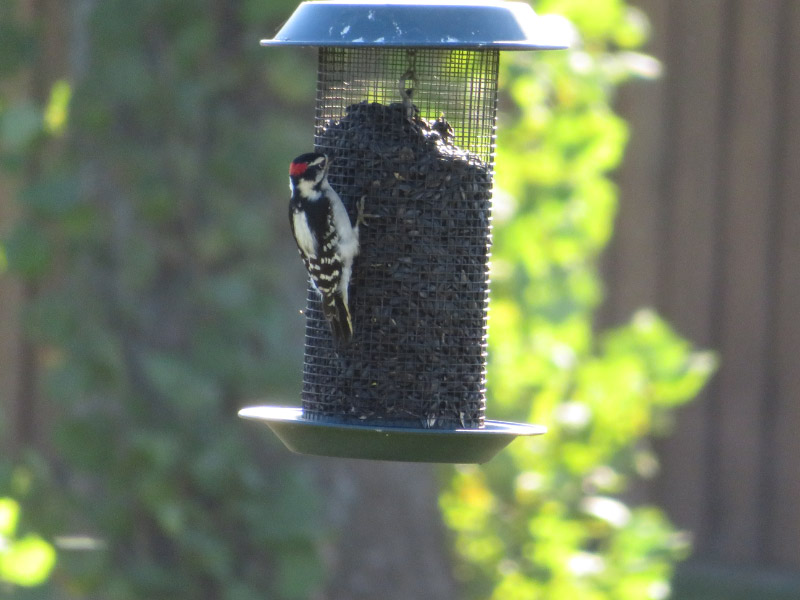 Most days the students were able to use a spotting scope pointing to the birdfeeders at the edge of the meadow near the nature center. I got a picture of a woodpecker one morning before the students arrived. It seemed like the house finches were gutsier and stayed around the feeders even when the students were not that far away.
Most days the students were able to use a spotting scope pointing to the birdfeeders at the edge of the meadow near the nature center. I got a picture of a woodpecker one morning before the students arrived. It seemed like the house finches were gutsier and stayed around the feeders even when the students were not that far away.
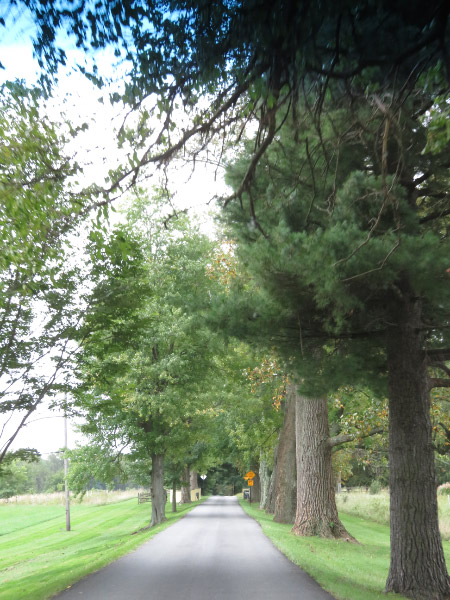 And then – after all the flurry – BioBlitz for Fall 2016 was done. I took a picture as my husband and I headed out of Belmont on the last afternoon.
And then – after all the flurry – BioBlitz for Fall 2016 was done. I took a picture as my husband and I headed out of Belmont on the last afternoon.

